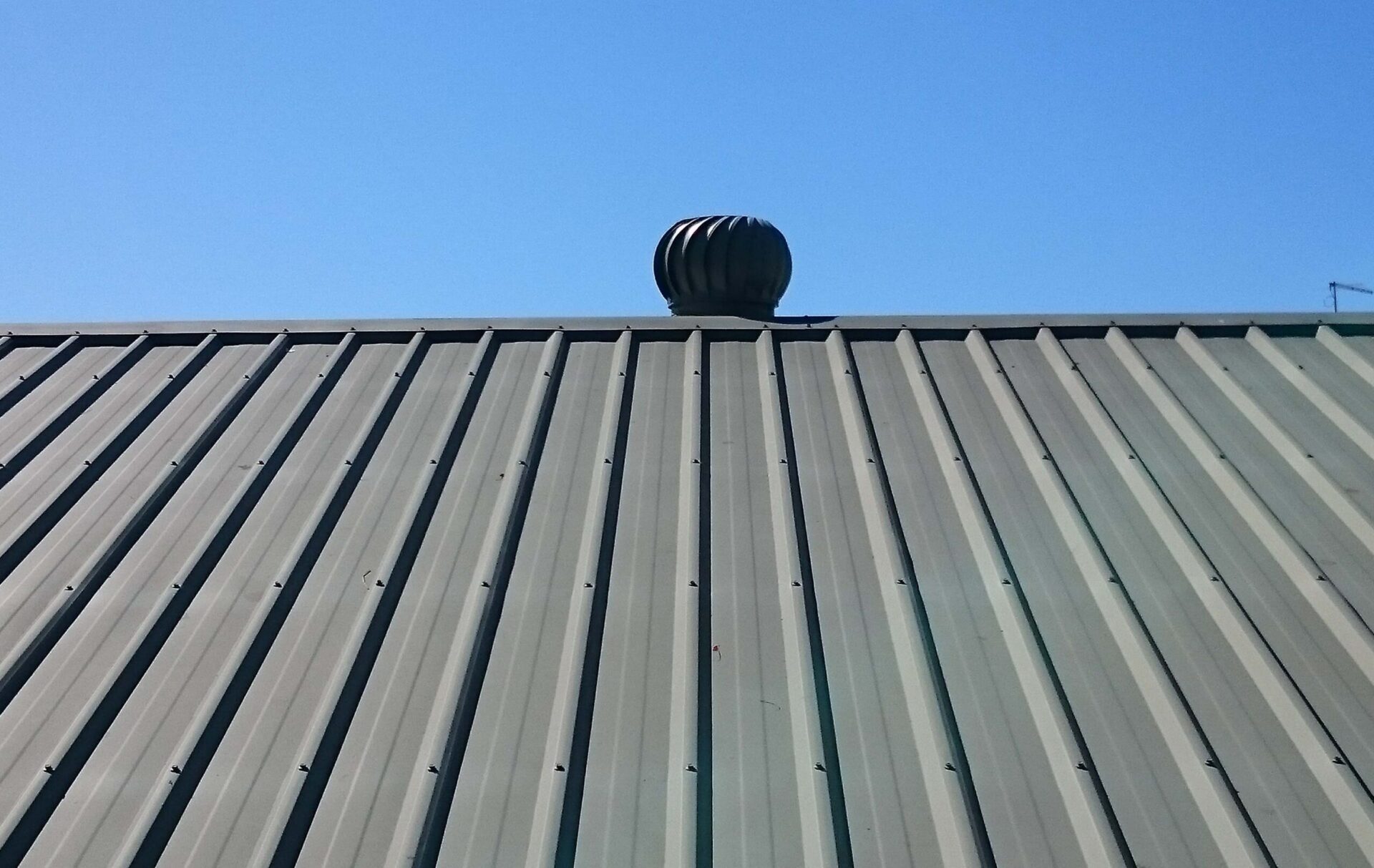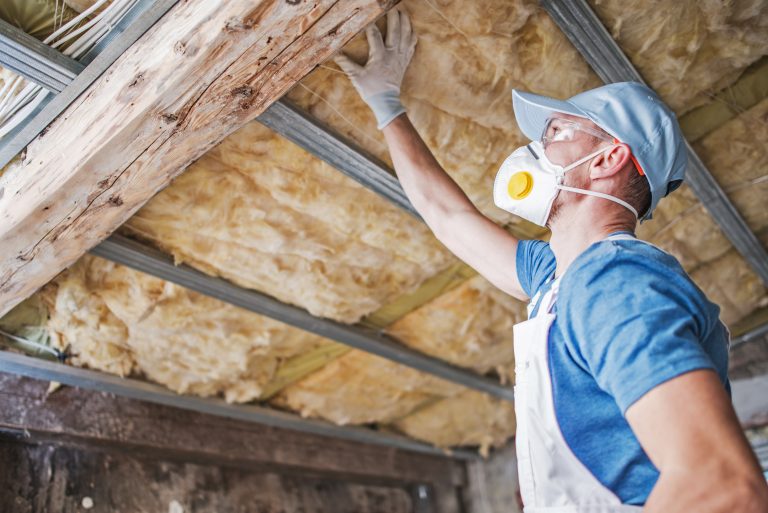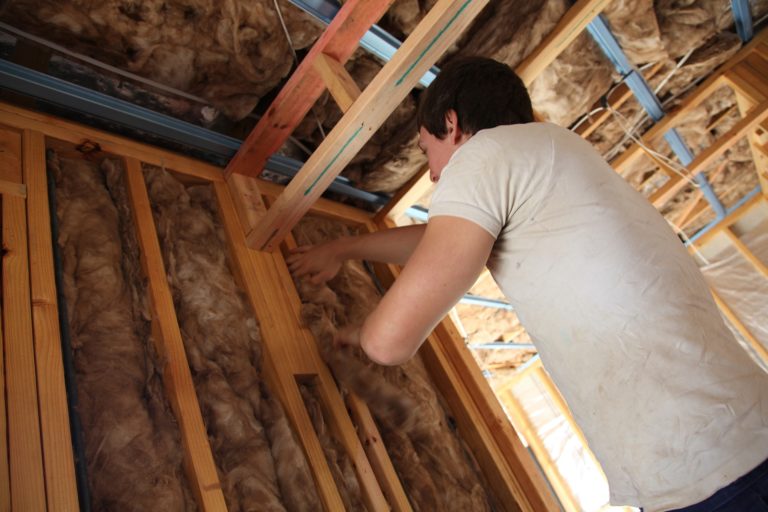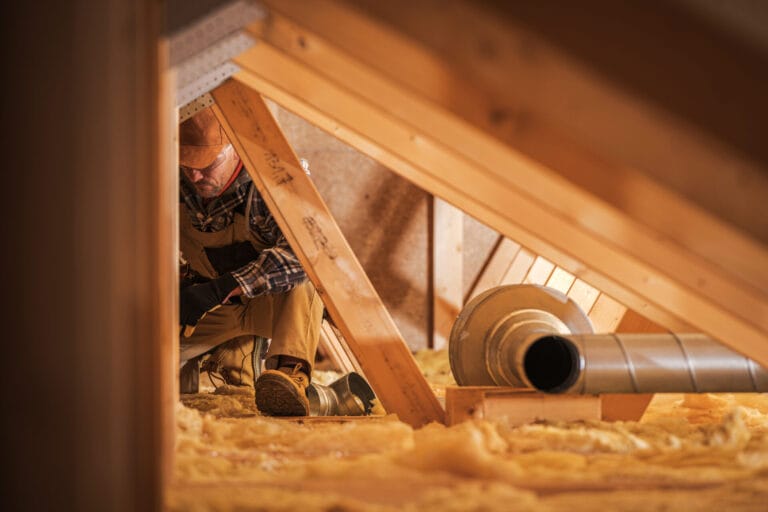
If your attic gets unbearably hot during the summer months, you’re not alone. Attics in San Antonio can easily reach 130°F or more on a sunny day. That trapped heat doesn’t just stay in the attic—it radiates down into your home, making your AC work harder and increasing your energy bills. The solution? Installing a professionally mounted attic fan.
At Geo-Insulation, we recommend San Antonio homeowners improve ventilation, reduce energy costs, and extend the life of their roofs with high-quality attic fan installation.
What Is an Attic Fan?
An attic fan is a ventilation system designed to pull hot air out of your attic and push it outside. Some models are wired into your home’s electrical system, while others run on solar power. The fan is typically installed on the roof or a gable wall and turns on automatically when the attic reaches a set temperature.
By pulling hot air out of the attic, attic fans help reduce the overall temperature inside your home, which makes your HVAC system more efficient and keeps you more comfortable indoors.
Why Do San Antonio Homes Need Attic Fans?
The Texas sun can be brutal, and homes without proper attic ventilation often suffer from extreme attic temperatures. Here’s why attic fans are especially helpful in San Antonio:
- Lower indoor temperatures – Hot attic air can heat up your ceiling and living space. Removing that hot air helps your home stay cooler.
- Reduce AC strain – When attic heat isn’t handled properly, your air conditioning system has to work overtime to keep up.
- Extend roof life – Excessive heat and moisture can cause roof shingles and wood framing to wear out faster. Attic fans help protect these materials.
- Moisture control – Even in warm climates, moisture from daily activities (like showers and cooking) can rise into your attic. Without ventilation, this moisture can cause mold, mildew, and wood rot.
- Lower energy bills – Reducing attic temperatures means your AC runs less often, which helps reduce cooling costs during the long San Antonio summer.
Types of Attic Fans
There are several types of attic fans to suit your home and budget:
1. Electric-Powered Attic Fans
These fans are connected to your home’s electrical system and run based on a thermostat setting. They are powerful and reliable, and perfect for larger homes.
2. Solar-Powered Attic Fans
These eco-friendly fans use the sun’s energy to power themselves. They don’t add to your electric bill and qualify for certain tax credits and rebates. They’re a great option for homeowners looking to reduce energy use.
3. Gable-Mounted Attic Fans
Installed on the side of your attic through a gable vent, these fans are discreet and effective. Gable fans are often used in conjunction with existing passive vents for even better air movement.
4. Roof-Mounted Attic Fans
Mounted directly onto your roof, these are ideal for homes without gable ends. They offer powerful air movement and efficient heat removal.
Professional Installation Matters
Installing an attic fan isn’t a simple plug-and-play job. It requires proper placement, wiring (if electric), weather sealing, and sometimes cutting into your roof or siding. Professional installers ensure that:
- The fan is the correct size and type for your attic
- It’s installed safely and according to code
- Roof or siding penetration is properly sealed to prevent leaks
- Wiring and power sources are installed correctly
- The fan integrates with your attic’s existing insulation and ventilation systems
Improperly installed attic fans can cause more harm than good, such as drawing conditioned air from inside the house or failing to ventilate properly. That’s why it’s important your installer take the time to assess your attic and recommend the right solution.
How Attic Fans Work with Your Insulation
Attic fans and insulation work hand-in-hand. Insulation slows the transfer of heat, while attic fans remove the heat before it has a chance to build up. If your attic is poorly insulated, hot air will still get into your living space—even with a fan. If it’s well insulated but poorly ventilated, heat and moisture can get trapped.
By combining attic fan installation with our attic insulation services, you’ll get a complete solution for year-round comfort and efficiency.






